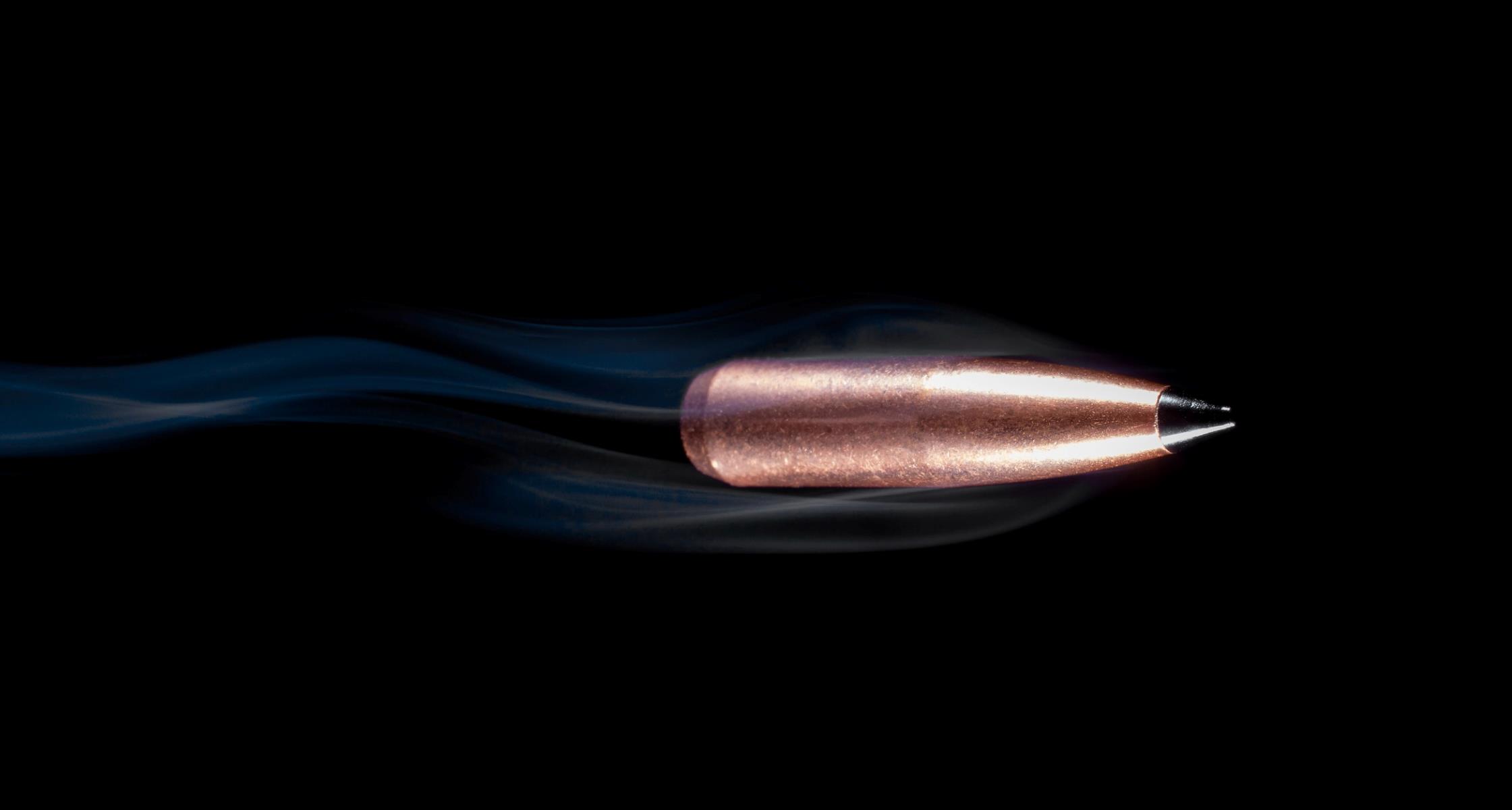Water is capable of transmitting electricity. However, the amount of distance it can go varies. Although compounds like copper or silver are more supportive than water, water is still a good conductor of electricity. The quantity of dissolved ions in water determines its electrical conductivity, which might change depending on the water’s source and any potential pollutants.
The distance that electricity can travel across the water is limited.
For instance, electricity can only travel far in a pool before dissipating. This is due to the challenging nature of transferring electricity in a straight line over the continually flowing water of an aquatic center. The risk of electric shock or electrocution increases because swimmers in the pool may generate an electrical path with less resistance.
However, electricity travel in water, but the length of time it can travel differs according to various situations, including the voltage of the electrical source, the temperature and conductivity of the water, and the presence of other things. When engaging with electricity close to water, certain precautions must be followed to minimize the risk of electric shock.
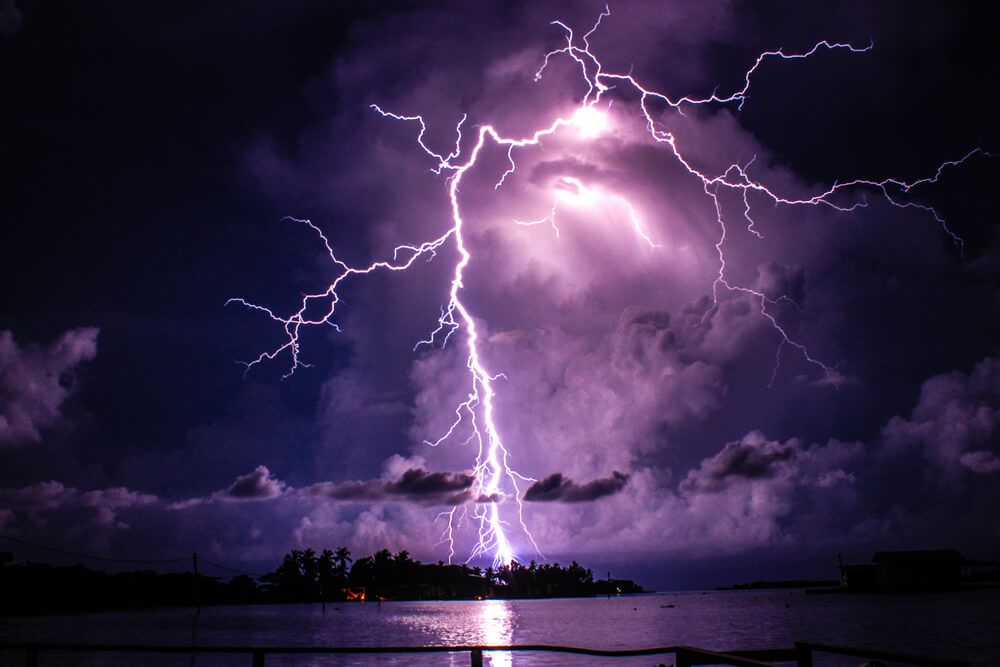
Factors Impacting The Distances Of Electricity Travel In Water
Electricity can travel through water, but its distance depends on several factors. There are some of the factors that affect how far electricity can travel in water.
1. Type Of Water
There are two types of water: pure and regular table water( valve water or rainwater). Electricity travels in impure water more than in purified or distilled water because contaminated water contains further contaminations like minerals and other natural chemicals.
2. Saltness
The further the swab content in the water, the further and broader it’ll be fluently galvanized. Seawater cataracts have high saltness and low resistivity compared to rainwater.
3. Temperature
The motes of water trip more snappily the warmer it is. Therefore, the electric current will also spread more fluently in warm water.
4. Distance From Point Of Contact
The voltage, the quality and haste of the water, the presence of a negative terminal pulling the current, and whether it’s simply seeking ground to determine how far an electricity can travel through water. Regular lightning strikes can travel roughly 20 bases through the water.
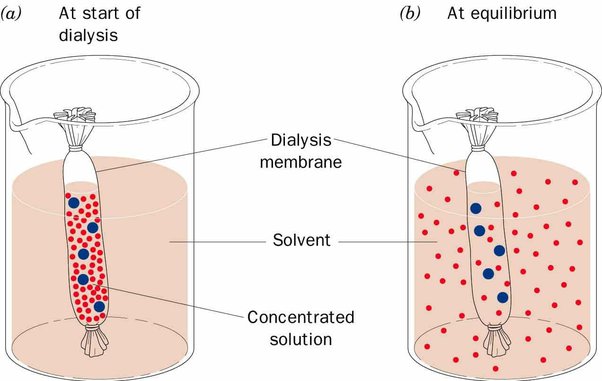
5. Topography
The geomorphology of the area can also make a difference.
For illustration, if a power line is down on dry ground, you should stay back at least.
It’s important to note that there’s no definite quantification for how far electricity travel in water. Still, the abovementioned factors significantly determine the distance electricity can travel in water.
Transmission Of Electricity In Water
While the travel of electricity in water presents challenges, it also opens up openings for transmitting electricity across long distances aquatic. Submarine power lines, for illustration, are used to connect coastal renewable energy sources, similar to wind granges, to the landmass power grid. The lines are specially designed to repel the sharp goods of seawater and efficiently transmit electrical energy over vast distances.
Electrolysis
Electricity Travel In Water, Electrolysis is a process that involves using an electric current to induce a chemical response in a substance. In the case of water, electrolysis splits water motes into hydrogen and oxygen feasts. The Electricity Travel In Water is essential for this process to be done efficiently.
How Electrical Travel In Water Affected By Presence Of Contaminations
The presence of contaminants in water affects its capability to conduct electricity. Then is how
1. Conductivity
Pure water has a veritably low electrical conductivity because it lacks contaminations. Electrical conductivity refers to the capability of water to conduct an electrical current. When water contains contaminants like dissolved mariners and essence, it becomes conductive. These contaminations give ions that allow the inflow of electric charge through the water.
2. Ion Concentration
The conductivity of water depends on the concentration of conductive ions present in the water. Contaminants in water, similar to chloride, sodium, calcium, and magnesium ions, increase their electrical conductivity. These ions are responsible for the travel of electric current in water.
3. Dissolved Solids
Contaminants in water come from dissolved solids and inorganic accouterments. These dissolved solids, similar to carbonate composites, chlorides, and sulfides, contribute to the electricity travel in water. The more dissolved solids present, the more the electrical journey in water is advanced.
4. Electrolytes
Contaminants in water turn it into an electrolyte, which can conduct electricity. Electrolytes are substances that can conduct electric current when dissolved in water. They’re essential for colorful natural processes and can also conduct large currents, similar to lightning strikes.
In a nutshell, the presence of contaminants in water increases the speed electricity travels by furnishing ions that allow the inflow of electric charge. Pure water, without contaminations, has low conductivity.
Movement Of Water Impacts On Travel Of Electricity In Water
The movement of water can also affect how far electricity travel in water. It’s important to note that pure water has veritably low electrical conductivity due to the lack of contamination. The conductivity of water depends on the presence of conductive ions and contaminants that can grease the inflow of electric current.
Overall, the movement of water affects electricity travel in water by impacting the mobility of charged ions and the capability of water to conduct electricity.
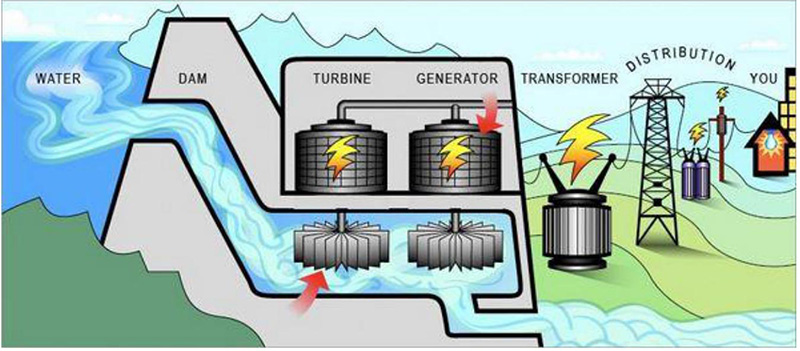
Temperature Affects The Travel Of Electricity In Water
Electricity Travel In Water, The temperature of the water has a significant impact on its Electricity Travel In Water. As the temperature of water increases, the mobility of ions also increases, which leads to an increase in electrical conductivity. This means that hot water is a better captain of electricity than cold water. The effect of temperature on electrical conductivity is due to the development of temperature on the density of results and the nature of ions. The temperature measure of variation is the rate at which a result’s conductivity increases when temperature increases, expressed as a chance. The temperature measure of variation depends on the type of result.
The effect of temperature on electricity travel in water differs for essence and nonmetals. The thermal conductivity of meat is commensurable to the absolute temperature( in kelvins) times electrical conductivity. In pure nature, the electrical conductivity decreases with adding temperature; therefore, the product of the two, the thermal conductivity, stays roughly constant. Still, as temperatures approach absolute zero, the thermal conductivity decreases sprucely. In blends, the change in electrical travel in water is generally lower, and therefore thermal conductivity increases with temperature, frequently proportional to temperature.
Temperature affects electricity travel in water by adding ionic mobility and the solubility of numerous mariners and minerals. In conclusion, the temperature of the water has a significant impact on its electrical conductivity. As the temperature of water increases, its electrical conductivity also increases. This is due to the effect of temperature on the mobility of ions in the water.
Measure How Far Electricity Travel In Water
There are several styles to measure the electrical conductivity of water. Then there are some generally used styles.
1. 2-AC Bipolar System
This system measures the current that passes through the result between a brace of electrodes. Conductivity measures that use this system have a simple structure and are suitable for measuring low- conductivity waterless results similar to pure water. Still, they may not be ideal for measuring samples that stain or dissolve electrode shells, identical to largely-concentrated acids and alkaline derivatives.
2. Electromagnetic Induction System
This system measures the induction current of two coils immersed in the result. Conductivity measures that work grounded on this system can use erosion-resistant accouterments for the wet corridor and are suitable for measuring largely-concentrated acids and alkaline results. Still, they may need to be more appropriate for measuring specific samples.
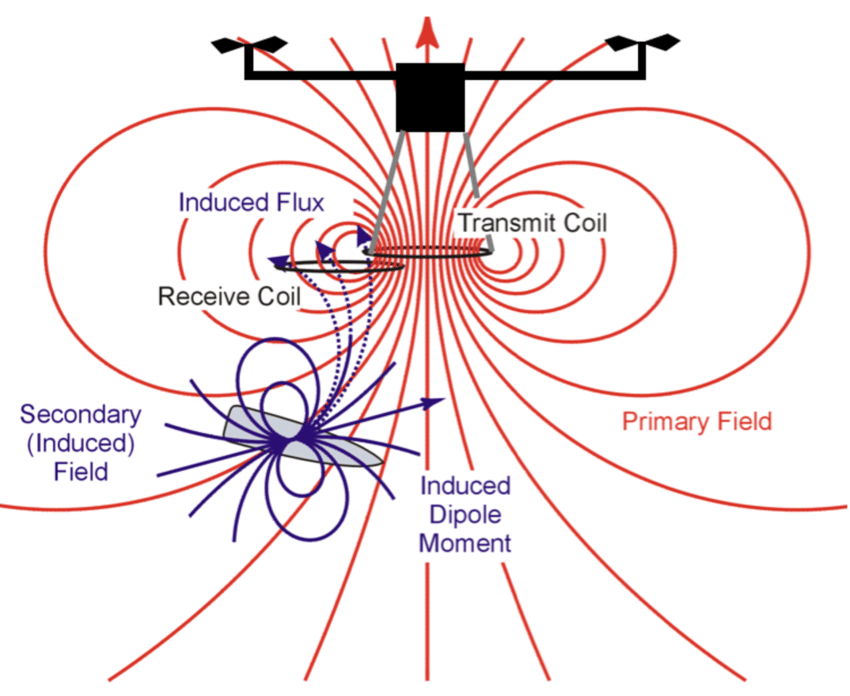
3. Multimeter
A digital multimeter can measure the conduct of electrical travel in water. Using the resistance setting on the multimeter, the negative and positive leads are touched to measure the conductivity of water. The conductivity is measured in micro siemens per centimeter( µS/ cm).
4. Sensor Probes
Conductivity can also be measured using detector examinations designed explicitly for this purpose. These examinations are immersed in the water, and the rate of electrical travel in water is calculated and grounded on the electrical response of the water.
It’s important to note that the units of dimension for conductivity can vary, similar to micro Siemens per centimeter( µS/ cm) or millisiemens per centimeter( mS/ cm), depending on the specific operation or assiduity. Conductivity measures are generally used in environmental and artificial operations to assess water quality and determine the presence of ions in the water.
Conclusion
In conclusion, the extent to which electricity travel in water depends on colorful factors, including the water’s conductivity, temperature, pH situations, distance, and depth. Natural water bodies with dissolved ions and contaminations conduct electricity to varying degrees, making them implicit operators for electrical currents. Still, it’s pivotal to cautiously approach electricity travel in water, as it poses significant pitfalls to mortal safety.
Understanding the principles of electrical travel in water is vital for colorful operations, including maintaining healthy submarine ecosystems, enforcing safety measures, and developing technologies for aquatic power transmission and communication. As our knowledge of electricity and its commerce with water continues to evolve, we can use this understanding to harness its eventuality safely and efficiently through different di-environmental environmental surroundings.










